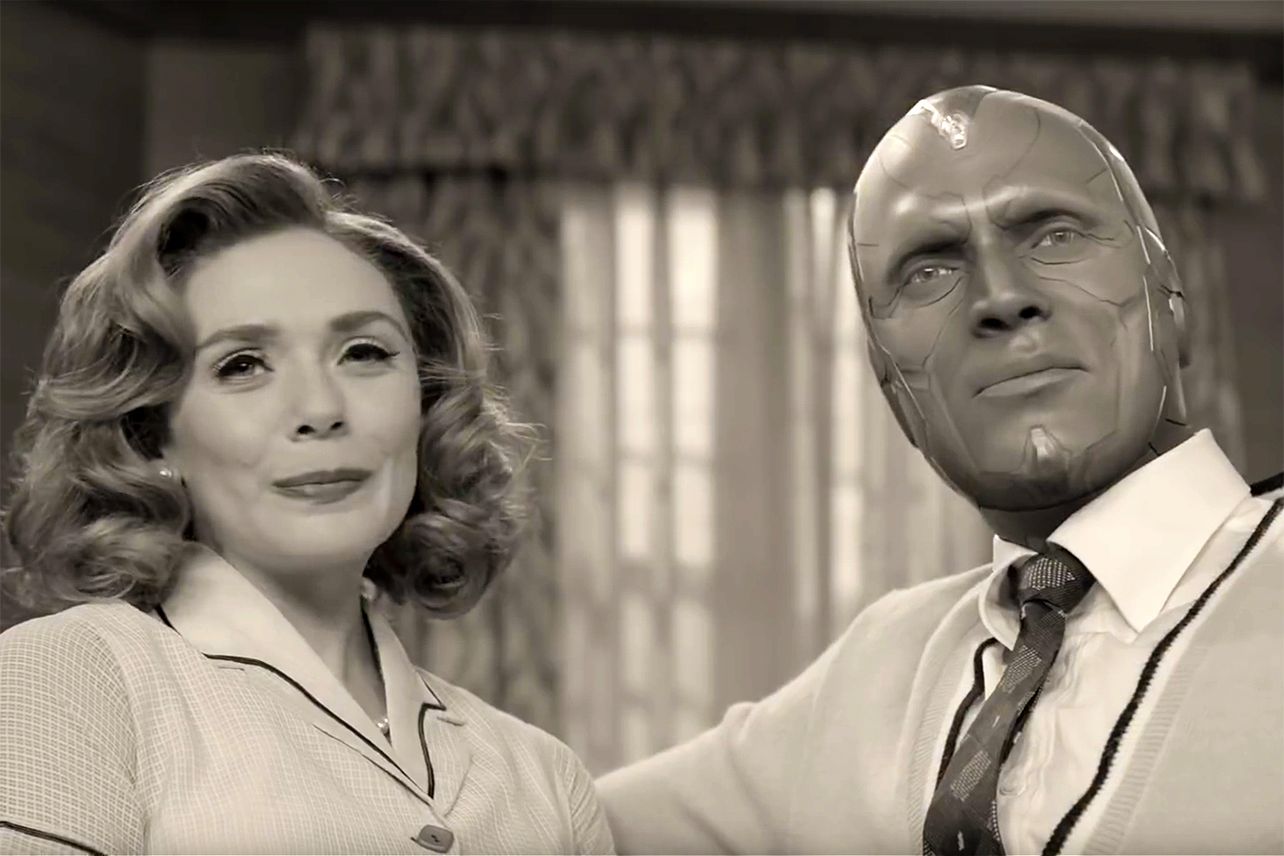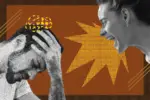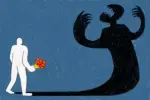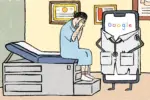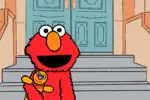A welcome aspect of comic book adaptations is that they are unafraid to depict characters in hard-to-talk-about situations that can be considered “too real” for mainstream film. “Joker” is one recent example of this, with the iconic villain being thrown into a toxic society instead of the toxic vat of chemicals seen in his previous first film appearance. And a few years before, Robert Downey Jr. gave what could be seen as an accurate representation of what post-traumatic stress disorder could be like for superheroes in “Iron Man 3.” So can fans expect similar treatment with the upcoming Marvel series “WandaVision”?
So far, not much has been said about this new limited series, with fans only able to catch a glimpse of what it can bring after a TV spot during Super Bowl LIV that teased future Disney+ projects set in the Marvel Cinematic Universe (MCU). This sneak peek included the character of Wanda Maximoff (aka Scarlet Witch) and her late love interest, Vision (who met his apparent demise in 2018’s “Avengers: Infinity War”), seemingly living together in domestic bliss in the form of various family sitcoms.
And with Maximoff’s grief in the aftermath of Vision’s death, along with her reality-manipulating powers, “WandaVision” can bring forth the perfect set-up for her nervous breakdown and result in an accurate, albeit somewhat twisted, representation of a broken psyche that simply wants everything to be just fine. To better explain, it is best to take a small look at what this character is capable of.
An adversary turned hero who carries enough trauma to make a much weaker person snap, Maximoff’s background in the comics is not exactly the easiest one to learn about due to its complexity and the bizarre elements thrown into her upbringing. All of it, however, in a twisted way helps her throughout her journey as an Avenger, a mutant and one of the most powerful beings in the Marvel Universe.
With chaotic, magical powers, she has the ability to reshape reality as she sees fit with few limits. The mental instability induced by her previous trauma has resulted in her powers being put to terrifying use every once in a while — see, for example, her nervous breakdown where she lost control and unwillingly killed several well-known heroes in the 2005 comic book storyline “House of M.”
Is that what went on in “WandaVision”? Were people getting a small taste of her experimenting with reality?
Although her on-screen counterpart’s history is not as complex, it’s still fraught with trauma: She loses her parents and home and is then experimented on along with her twin brother, Pietro. She is also still portrayed as an antagonist first that is motivated by revenge until eventually joining the Avengers to help protect the world.
Her journey comes with more bumps in the form of Pietro’s death, a growing fear of how others perceive her and even an experience with death not long after witnessing the demise of yet another loved one. If an imminent breakdown is shown in “WandaVision,” it will not be out of the blue. Instead, it can be seen as a cocktail of pain that influenced her deteriorating mental health.
With “WandaVision,“ there can be the potential to let fans take a look inside her mind, or even just see the extent of her powers after being revived in “Avengers: Endgame” — a teaser of how Maximoff can now manipulate reality to her will. Either path can still display a brilliant metaphor for mental illness and an unconventional road to recovery.
The character’s fears over losing control and hurting those that are caught in the crossfire is a heartbreaking reflection of how hopeless someone can feel, especially for someone whose motivations are not always on point. Enough negative thoughts and feelings can make life too overwhelming and make a person want to find a possible escape. And all the negative energy Maximoff has piled up can be enough to disconnect her from reality.
However, if this is the route that both Disney and Marvel plan on going, it is still important to tread lightly while addressing all of the aspects that come with the sensitive topic of conveying a character’s mental illness. They must point out how the character adds to the representation of mental health and how it needs to be done correctly. It can be quite difficult to showcase every symptom, especially in comic books and franchises that are popular among both children and adults; as mentioned earlier, however, it has been done in the same cinematic universe with character Tony Stark going through an anxiety attack in “Iron Man 3” that portrays the psychological scars someone can receive after a traumatic event.
And with Maximoff being parts of narratives that surround her mental health in both the comic books and on-screen adaptations, the “WandaVision” series can continue the evolution of positive portrayals of characters with emotional and psychological issues, and provide another good example of why being a superhero does not always make someone immune to mental health problems.


